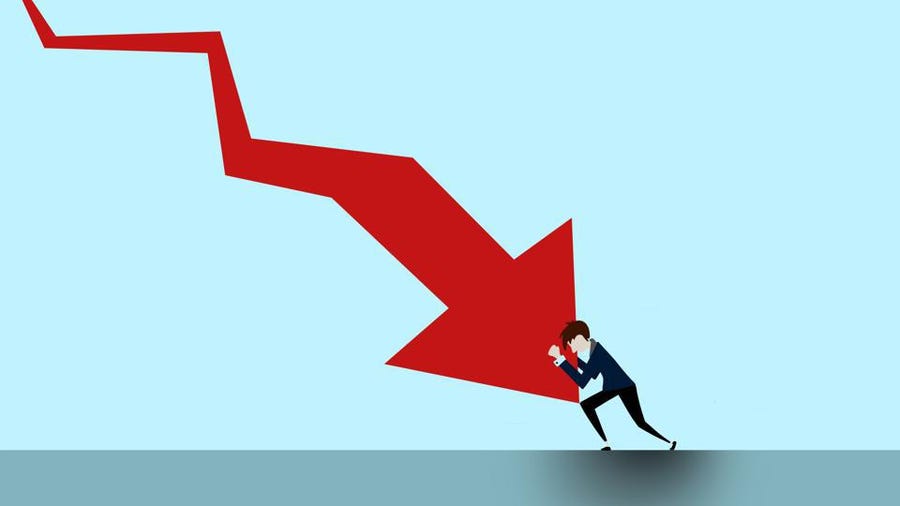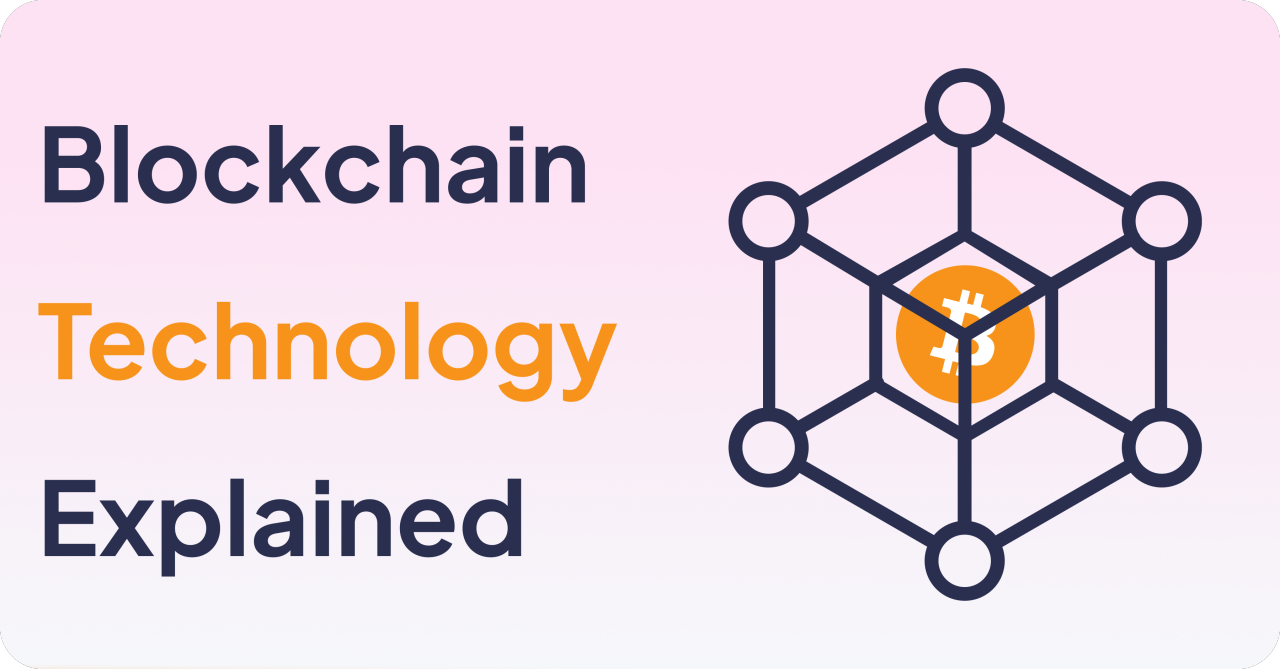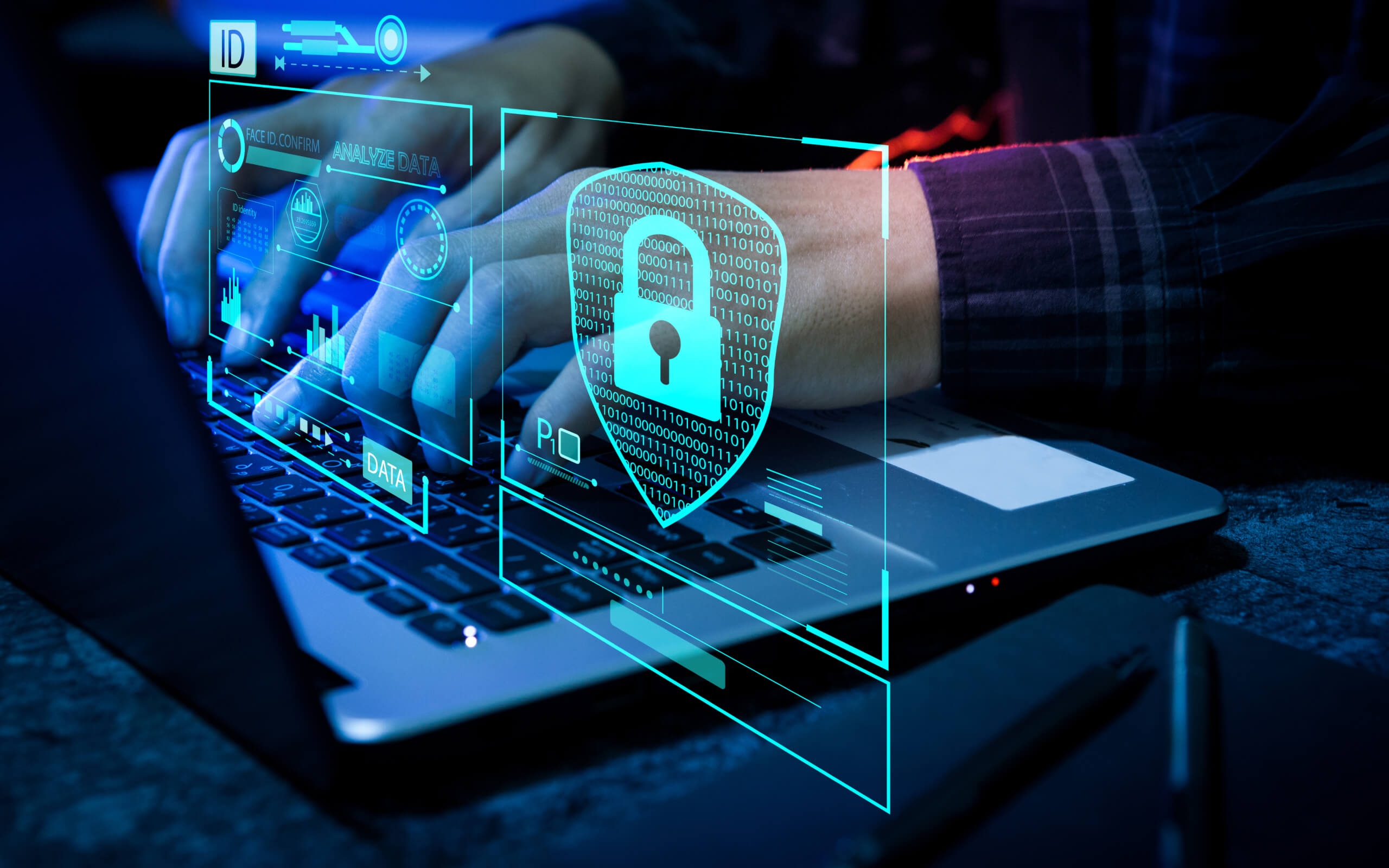Recession: What Does it Mean and How Does it Happen?
This is the first of a series of articles we will be publishing on this subject, that can impact everyone and everything in the world. This piece of writing will focus on understanding what exactly is meant by recession and what causes it.
What is a Recession?
When an economy faces a significant economic downturn or slowdown that prevails for a few months, a recession is said to have set in. The norm commonly accepted by economists, monetary authorities, and institutions across the globe to recognize recession is two consecutive quarters of declining Gross Domestic Product (GDP), although different formulas are also used by some economists.
Economic growth across the globe has been steady since the Industrial Revolution, though these periods also saw recessions in between. For example, in the last 50 years, there were more than 100 recessions that affected many advanced economies, according to the International Monetary Fund (IMF). However, recessions have been less frequent in recent times.
Academic Definition of Recession
There are some academic definitions of economic recessions according to economists, monetary authorities, and institutions, that give accurate insight.
Economist Julius Shiskin came up with a popular theory that considers two consecutive quarters of declining GDP as a sign of recession. This definition of a recession became one of the most used standards for describing recession ever since.
The Reserve Bank of India (RBI) has its own definition, but taking a cue from Shiskin's definition, “a recession is widely regarded as a period of prolonged decline in output experienced across much of the economy. To be more concrete, commentators often consider a recession to be in progress when total output (real gross domestic product) has declined for at least two consecutive quarters.”
According to the National Bureau of Economic Research (NBER), a recession is said to be in when “a significant decline in economic activity spread across the economy, lasting more than a few months, normally visible in real GDP, real income, employment, industrial production, and wholesale-retail sales.”
Recession is typically classified and known by shapes, such as V-shaped - the economy rebounds after a decline -, U-shaped - the economy rebounds, but a bit slowly -, and W-shaped - the economy recovers and then declines before getting back to normal. The ongoing recession that started during the pandemic behaves almost like a W shape.
What Happens in a Recession?
In a recession, typically gross domestic product (GDP) growth declines or goes negative, employment opportunities shrink and layoff becomes inevitable, and prices rise due to inflationary pressures, and falling demand, among other negative economic impacts. All these chains of actions and reactions will work like a cycle till the economies come out of the effects of the recession.
For example, a fall in consumer demand can prompt companies to reduce costs by laying off staff, which in turn reduces consumer spending power and resultantly demand. Similarly, the bearish or slumping market conditions that prevail during and after recessions can rip people off their wealth impacting consumption and thereby demand.
The global economy is still not declared to be in recession, but it is showing signs of an impending recession in the coming months into 2023. Inflation is at one of the highest levels in many countries including the USA, India, and many European countries. The interest rate hikes by central banks including the US Federal Reserve and the Reserve Bank of India to battle one of the highest ever inflation are in turn impacting business sustenance and growth. The Russia - Ukraine war has added fuel to the recession because of the impact on energy price volatility. China is struggling with its “zero-covid” policies and the effect of the property-market bust.
What Can Cause Recessions?
A recession is caused by more than one reason, including sudden economic shock to inflation to technological changes:
-
An abrupt economic shock: Economic shocks like the oil price hike by OPEC in the 1970s caused an economic crisis. The pandemic outbreak, which disrupted the global supply chains and economies, is the latest example of an abrupt economic upset.
-
Too much debt: Excessive debt by individuals and businesses increases the cost of servicing the debt leading to the point of not being able to pay their recurring bills. This will trigger loan defaults and lead to bankruptcies as happened in the US in 2007-08, infamously called the housing or mortgage bubble, which is a recent example of high leverage causing a recession.
-
Investment bubbles: Emotion-based investing mostly produce bad economic results. When the economy is strong, investors become bullish and when the bubbles burst, they panic sell their investments causing the market to crash and resulting in recession.
-
High inflation: Inflation, the rise in prices, isn’t an absolutely bad thing in economics, but too much inflation is detrimental to the economy. Interest rate hikes enacted by the central banks to manage inflation lead to economic downturns.
-
Deflation: The opposite of inflation, this is when prices slow down, resulting in wage reduction, which in turn downs the demand and resultantly price drops. Businesses and people stop spending, causing impacting the economy.
-
Technological change: Technological innovations help the economy, it creates uncertainty among people, particularly workers, like the industrial revolution that made many jobs obsolete, or today, the possibility of new technologies like AI and robots eliminating certain categories of job types, all triggering recession.
The Difference Between a Recession and a Depression
They both sound similar, but the impact of depression is much more severe than recession. A depression is characterized by greater job losses, high levels of unemployment, and vertical declines in GDP. Furthermore, depression lasts longer than a recession before recovering, typically years rather than months. The Great Depression of 2007-08 is an example of a recent depression, that lasted a long period with greater impact.
During the Great Recession, unemployment rose to around 10% and the downturn officially lasted about a year and a half during 2007-08, instead of two quarters. Some economists foresee a depression as a consequence of the recession caused by the coronavirus pandemic. In May 2020, unemployment peaked at 14.7%, the highest rise since the Great Recession.
How Can You See Recession Coming?
It is highly difficult to forecast economic conditions including recession because of its dynamic nature. For example, the Covid-19 pandemic outbreak took the world in early 2020, and within a few months, most economies in the world had been completely disrupted, wiping out billions of jobs and millions of small businesses from the economies.
That being said, there are signs that indicate the trouble looming large on economies. Those who identify and manage those signs like declining consumer confidence, sudden stock market falls, and unprecedently rising unemployment will be able to control the extent of damage that recession would bring.
How Does a Recession Affect People and Businesses?
The high amounts of layoffs, rising unemployment levels, and salary cuts are some of the most glaring signs of recession. On the investment side, the value of stocks, funds, bonds, real estate, and other assets can start falling in a recession, devaluing your savings and retirement plans.
When it comes to businesses, the sales decrease, cash flow dies up and leading to even bankruptcy. The lenders tighten criteria and norms like credit score or larger down payment, for business loans, home loans or mortgages, personal and car loans, and other types of financing.
The bright side is that recessions do last only for a few months and are mostly followed by a strong recovery as we saw after the Great Depression. Both the businesses and workers are affected during a recession; companies need to eliminate or reduce the maximum number of full-timers while ensuring that the operations are least impacted and laid-off workers have to ensure that they float around till the recession gets over. Platforms like Task/Talent as a Service (TaaS) come as a rescue source for businesses and employees.




